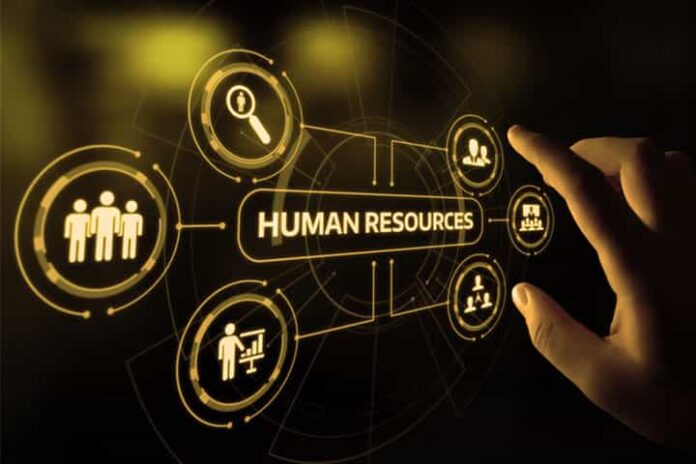After ten years of continuous changes, it is not an exaggeration to say that we are living a key moment in the evolution of Human Resources. This department must now play a decisive role in building the organizational model of the future.
The repercussions of what we experienced in 2020 are endless, but they have taught us to face the unpredictable. With regard to Human Resources, the most specific aspects where this evolution will be more visible will be flexible hours and teleworking, unstoppable technological development, the emergence of new key profiles for the transformation and growth of Employee Experience programs.
More Flexible, Efficient And Collaborative Models
Without a single full-time model, the intelligent combination of different options, more or less disruptive and based on flexibility and teleworking, will improve efficiency and favor work-life balance in companies. All this represents the rationalization of the schedule and the elimination of the traditional day, according to the most widespread model in Europe, which is fundamentally characterized by:
- Some self-management or autonomy of the employee
- Flexibility in entry and exit
- Reduction in time spent eating
- Majority teleworking and definition of minimum periods of presence
Various studies relate the need for this evolution to the fact so far more hours are worked than the European average, but this does not translate into a higher level of productivity. In reality, it is the improvement of the quality of life of the employees that has a positive impact on their efficiency at work.
Although managing a much more heterogeneous scenario will already be a challenge, the fundamental objective will be to keep the teams connected and optimize their performance. From a completely different perspective to the traditional view of the time associated with the office day, with the new models, the possibilities of working crosswise are multiplying. Likewise, relationships between teams are streamlined and, to a large extent, tight departments and the inconvenience of hierarchical distance are diluted or lost. Workflows also change, which must be streamlined and take advantage of the possibilities of new collaborative tools.
Global Application Of Technology In Human Resources
It seems exaggerated, but when we can assess it with perspective, we will confirm that it is possible to speak of a new era, where the digital transformation of the company is inescapable. Within this transformation, in 2021 these aspects could be highlighted:
- Automation in the processes of attraction, recruitment, and selection
- Application of Big Data and techniques such as Organizational Network Analysis to recognize profiles and connections between employees
- Training in new skills, especially related to collaborative work, artificial intelligence, and automation
- New development models and new tools for continuous learning and evaluation
- Use of gamification, to facilitate motivation and involvement in training
- The proliferation of collaborative workspaces in the cloud
New Challenges And Profiles For Human Resources
Human Resources will continue next year adapting its recruitment and selection processes to distinguish and attract talent from the new profiles linked to the evolution of the labor market, among which the following could be highlighted:
- Neurolider: professional capable of dealing with the so-called VUCA environments, an acronym for the terms Volatility, Uncertainty, Complexity, and Ambiguity, to provide a global and innovative vision. His skills include remote team management and the definition of SMART objectives (concrete, measurable, achievable, challenging, and plannable) that allow him to lead the transformation and obtain results.
- Knowmads or nomads of knowledge: professionals in constant innovation, creative, and capable of working anywhere and on any team with an indestructible motivation
- Silver surfer: professionals who feel that they are in a good vital moment, want to continue contributing, are committed, and have a know-how mentality and experience in different sectors and areas
- Likewise, Human Resources will be able to promote the proper functioning of a much more vertical and flexible organization by focusing its activity on the following challenges:
- Promote appropriate practices for smart working: the use of new technologies, flexible hours, cross-team work, and mobility.
- Apply methodologies such as team-centric, which propose the definition of objectives outside the traditional manager model towards their teams and propose a transversal approach, towards the benefit of the entire organization.
- Build trust in teams and reinforce engagement, motivation, and commitment to change in a more effective and sustainable way.


